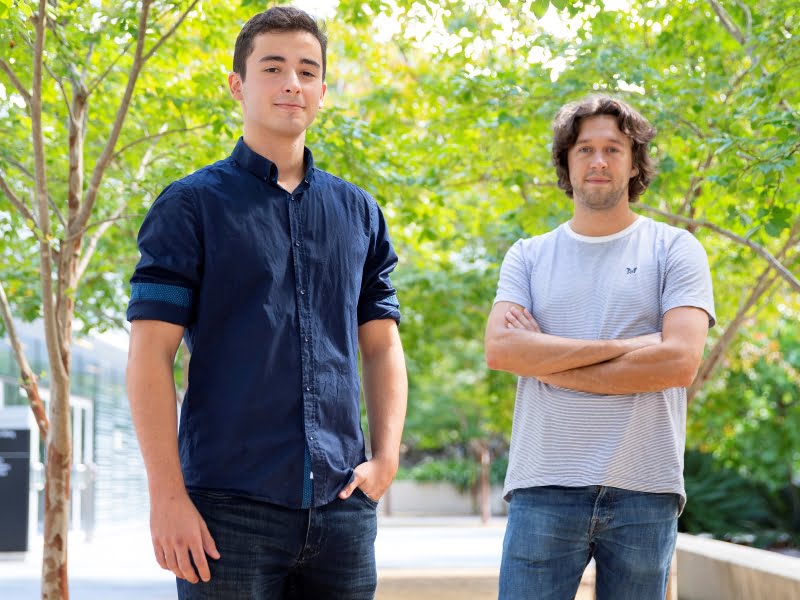A University of Sydney honours student’s quantum computing code is attracting global attention and will be used by cloud giant AWS and in leading US universities’ quantum programs.
Pablo Bonilla Ataides, a 21-year-old University of Sydney science undergraduate, made the breakthrough as part of a second year physics course which eventually led to a published study, co-authored by university researchers.
By altering the code used for nearly two decades to correct errors in quantum computing, Mr Bonilla was able to significantly reduce the resources needed to detect and correct errors, effectively doubling the capacity to identify and fix these errors in quantum programs.

“Quantum technology is in its infancy, partly because we haven’t been able to overcome the inherent instability in the machines that produce so many errors,” Mr Bonilla said.
“In second-year physics I was asked to look at some commonly used error correcting code to see if we could improve it. By flipping half of the quantum switches, or qubits, in our design, we found we could effectively double our ability to suppress errors.”
On Tuesday, the university announced a refined method would be incorporated into the work of AWS’s quantum computing program, where one co-author of the research, Dr Steve Flammia, has since moved.
“This research surprised me,” AWS senior quantum research scientist Dr Earl Campbell said.
“I was amazed that such a slight change to a quantum error correction code could lead to such a big impact in predicted performance.”
Because the code can work on two dimensional surfaces – the network of connected qubits being developed across industry – it is expected to work with current chip designs and in building better experimental devices.
Co-author Dr Ben Brown from the University of Sydney Nano Institute and School of Physics worked closely with Mr Bonilla on the project.
“Building a functional quantum computer is a bit like trying to build the Wright Brothers’ plane, and we haven’t even gotten off the ground yet,” Dr Brown said.
“Experimentalists are producing the strong, light-weight materials to build the plane, and we’ve just come up with a more aerodynamic design for the wings that have more lift. We might have just come up with the design that will help large-scale quantum computing take off.”
The work is also expected to be picked up by the quantum technology programs at Yale University and Duke University.
Assistant Professor Shruti Puri from the quantum research program at Yale University said her team is interested in using the new code for its work.
“What amazes me about this new code is its sheer elegance. It’s remarkable error-correcting properties are coming from a simple modification to a code that has been studied extensively for almost two decades,” Assistant Professor Puri said.
“It is extremely relevant for a new generation of quantum technology being developed at Yale and elsewhere. With this new code, I believe, we have considerably shortened the timeline to achieve scalable quantum computation.”
Do you know more? Contact James Riley via Email.


Interesting issue re error correction, an area I’ve been involved in for decades in electronics re memory and communications…
Do we have key details of this advance, code examples, flow charts, set functional diagrams, research paper etc ?
Thanks
Regards
Mike Massen